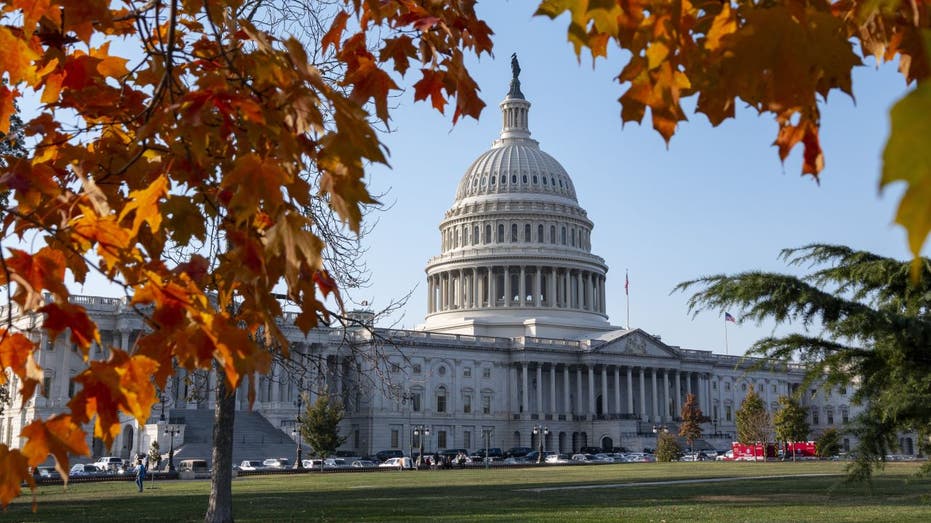Republicans’ so-called “one big, beautiful bill” package of tax cuts and spending provisions would aim to address a shortfall in the Pell Grants program, as well as expand access to the program for students enrolled in workforce education programs.
The federal Pell Grant program is designed to provide low-income students with funding to enroll in post-secondary education with grants awarded based on a student’s financial need and course load.
The nonpartisan Congressional Budget Office (CBO) projected that the Pell Grant program would have a shortfall of about $2.7 billion at the end of fiscal year 2025 – which would widen to about $9.9 billion by the end of fiscal year 2026. CBO projects the gap to continue to widen thereafter by about $7 billion per year.
To address the shortfall, the version of the bill passed by the Senate on Tuesday would preclude students receiving federal, state, institutional or private aid that covers their full cost of attendance from being eligible for Pell Grants. It would also provide $10.5 billion in funding to address the shortfalls in fiscal year 2025 and fiscal year 2026.
EXPERTS SAY MEDICAID CHANGES IN ‘BIG, BEAUTIFUL BILL’ ARE ‘COMMON SENSE’ FOR HEALTHCARE POLICY
The Senate’s plan for revising Pell Grant eligibility differs from what was in the House-passed version of the bill, which would’ve required students to increase their course loads from at least 24 credit hours a year to 30 to be eligible for the full grant.
The House version would also require students to be enrolled at least half-time to maintain eligibility for Pell Grant awards. For the legislation to ultimately become law, the House and Senate will have to compromise over their competing proposals.
Another aspect of Pell Grants that could be affected by the One Big Beautiful Bill Act is the eligibility of students enrolled in shorter-term programs oriented toward workforce certification and development, as the Senate was forced to revise the provision to comply with the upper chamber’s reconciliation rules.
MIKE ROWE REVEALS HOW HE’D SPEND TRUMP’S PROPOSED $3B TRADE SCHOOL WINDFALL

When Senate GOP lawmakers drafted the bill, they originally included a provision known as “Workforce Pell Grants” that would expand access to the federal student aid program to students enrolled in short-term workforce programs through unaccredited providers.
The original version would have applied to short-term programs, defined as 150 to 599 clock hours of instruction and also contained guardrails for student outcomes related to earnings, program completion rates as well as job place rates.

However, last week the Senate parliamentarian ruled that the section violated the Byrd Rule and, as drafted, would have to be removed from the bill. The Byrd Rule requires that legislation considered under the budget reconciliation process includes policies related only to taxes and spending, without “extraneous” provisions.
Following the parliamentarian’s ruling, a revised version of the workforce Pell Grants provision was drawn up that passed muster with the parliamentarian and excluded unaccredited providers from the workforce Pell program.
Read the full article here















